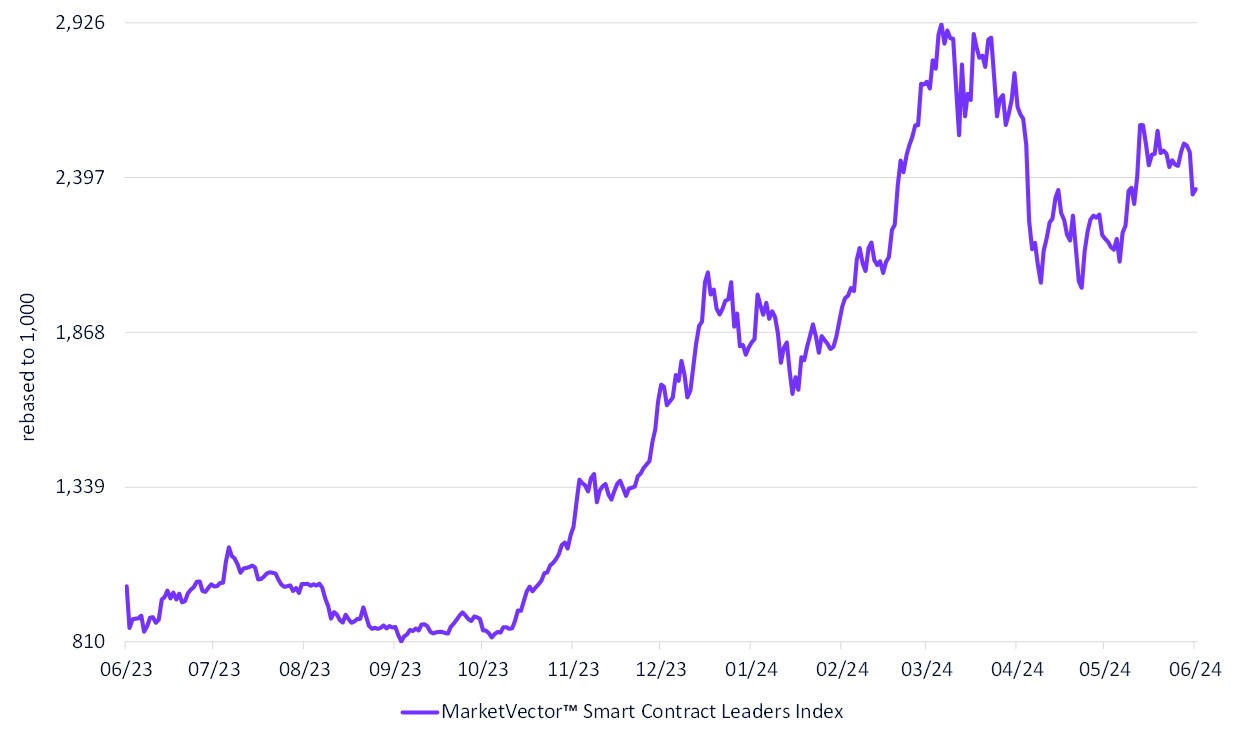The Landscape of DeFi: A Resurgence of Innovation
In recent months, despite market turbulence and widespread liquidations, there has been a notable resurgence in decentralized finance (DeFi). After a period of stagnation, innovative projects have started to emerge, bringing fresh optimism to the sector.
Promising DeFi Protocols on the Rise
One of the standout projects is EigenLayer, which focuses on enhancing blockchain security and staking mechanisms. It secures various applications and blockchains by allowing users to stake their tokens, thus contributing to the network's stability. Another notable project is Ethena, which has introduced a decentralized stablecoin. Ethena is an innovative DeFi project that introduces a decentralized stablecoin with a unique yield generation strategy. It capitalizes on the yield from decentralized exchanges and channels it back into staking yields for their stablecoin. By packaging traditional financial strategies into a tokenized form, Ethena aims to provide stable returns and leverage within the DeFi market, distinguishing itself from other stablecoin projects through its structured approach to yield generation..
Stablecoins: The Cornerstone of Crypto Transactions
Even amidst market downturns, stablecoin transactions have shown resilience. The overall supply of stablecoins recently surpassed 140 billion, marking significant growth. Stablecoins have become a vital part of the crypto ecosystem, often compared to traditional financial instruments in terms of transaction volume.
The Unyielding Growth of Stablecoins
Stablecoins are not only maintaining their transaction volumes but also setting new records. They continue to be a critical indicator of market health, with their transaction volumes showing a strong correlation to market stability. As other sectors of the crypto market struggle, stablecoins stand out, showcasing the ongoing demand for reliable digital assets.
Layer 1 and Layer 2 Solutions: Coinbase's Base and Beyond
Layer 1 solutions refer to the base layer of blockchain networks, like Ethereum or Solana, where core transactions and smart contracts are processed directly on the main blockchain. Layer 2 solutions, such as Optimism, Polygon or Base, operate on top of Layer 1 networks to improve scalability and reduce transaction costs by handling transactions off the main chain before finalizing them on Layer 1. Those solutions have seen varied levels of activity, with Coinbase’s Base platform maintaining a steady user base. This platform has benefited from significant marketing efforts and the introduction of user-friendly features like the Smart Wallet, which simplifies the transition from the Coinbase exchange to broader crypto applications.
Base: A Hub for Emerging Crypto Applications
Base has managed to retain its user activity even as other platforms have seen declines. The platform's ability to attract native applications and developers is a testament to Coinbase's influence and strategic initiatives. Projects like Forecaster, a decentralized social media protocol, are gaining traction, highlighting Base's potential as a foundational layer for future crypto innovations. While there’s no Base token (yet?), transaction fees are paid in Ethereum, which benefits the value accrual of ETH.
Solana: A Rising Star in Transaction Volume and Fees
Solana is emerging as a strong contender in the crypto space, with transaction volumes and daily active users surpassing those of Ethereum. The network's ability to generate substantial fees through mechanisms like Maximum Extractable Value (MEV) arbitrage transactions is attracting more validators and investors.
The Monetization Potential of Solana
Despite initial skepticism about its monetization potential, Solana has demonstrated its value proposition. The increasing fees paid to validators and the growing adoption of DeFi applications on the Solana blockchain underscore its viability as a lucrative asset.
MarketVectorTM Smart Contract Leaders Index: Capturing Market Developments
While April saw a market pullback, May has shown signs of recovery. Historical patterns suggest that market corrections are not uncommon, even in bullish phases. The continuous growth in stablecoin transactions, new DeFi protocols, and robust Layer 1 and Layer 2 solutions all point to a resilient and evolving market landscape.
A Comprehensive Measure of Growth
The developments in DeFi, stablecoins, and platforms like Solana and Base indicate a broader trend that a smart contract platform index can effectively capture. As applications must be built on top of Layer 1 or Layer 2 solutions, the transaction fees paid and the increased demand directly benefit these platforms. Thus, a smart contract platform index not only reflects the health and growth of these individual projects but also the overall expansion of the crypto ecosystem.
1-year chart MarketVectorTM Smart Contract Leaders Index (MVSCLE)

Source: MarketVector. Data as of June 9, 2024.
For more information on our family of indexes, visit www.marketvector.com.
Get the latest news & insights from MarketVector
Get the newsletterRelated:
About the Author:
Martin Leinweber works as the Digital Asset Product Strategist at MarketVector providing thought leadership in an emerging asset class. His role encompasses product development, research, and communication with the client base of MarketVector. Before joining MarketVector, he worked as a Portfolio Manager for equities, fixed-income, and alternative investments for almost 20 years. Martin was responsible for the management of active funds for institutional investors such as insurance companies, pension funds, and sovereign wealth funds at the leading German quantitative asset manager Quoniam. Previously, he held various positions at one of Germany's largest asset managers, MEAG, the asset manager of Munich Re and ERGO. Among other things, he contributed his expertise and international experience to the establishment of a joint venture with the largest Chinese insurance company PICC in Shanghai and Beijing. Martin is co-author of “Asset-Allokation mit Kryptoassets. Das Handbuch “(Wiley Finance, 2021). It’s the first handbook about integrating digital assets into traditional portfolios. He has a Master of Economics from the University of Hohenheim and is a CFA Charter holder.
For informational and advertising purposes only. The views and opinions expressed are those of the authors but not necessarily those of MarketVector Indexes GmbH. Opinions are current as of the publication date and are subject to change with market conditions. Certain statements contained herein may constitute projections, forecasts, and other forward-looking statements, that do not reflect actual results. It is not possible to invest directly in an index. Exposure to an asset class represented by an index is available through investable instruments based on that index. MarketVector Indexes GmbH does not sponsor, endorse, sell, promote, or manage any investment fund or other investment vehicle that is offered by third parties and that seeks to provide an investment return based on the performance of any index. The inclusion of a security within an index is not a recommendation by MarketVector Indexes GmbH to buy, sell, or hold such security, nor is it considered to be investment advice.




